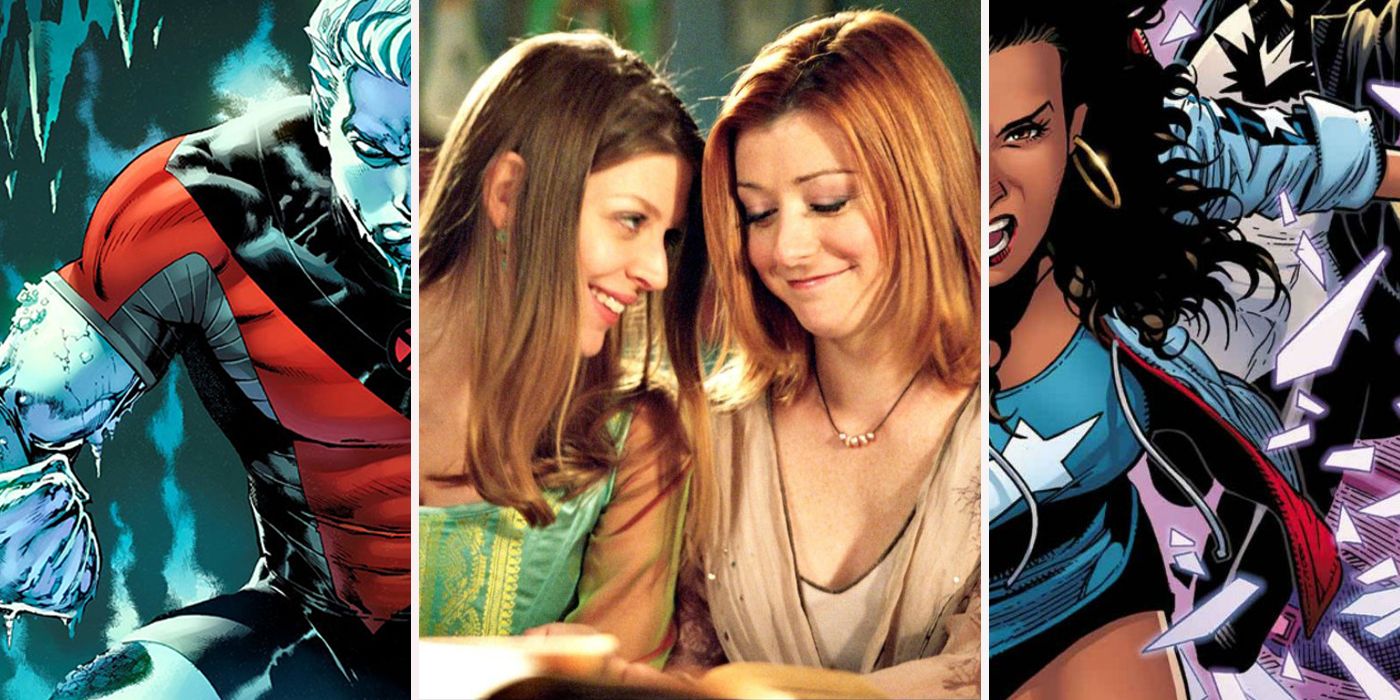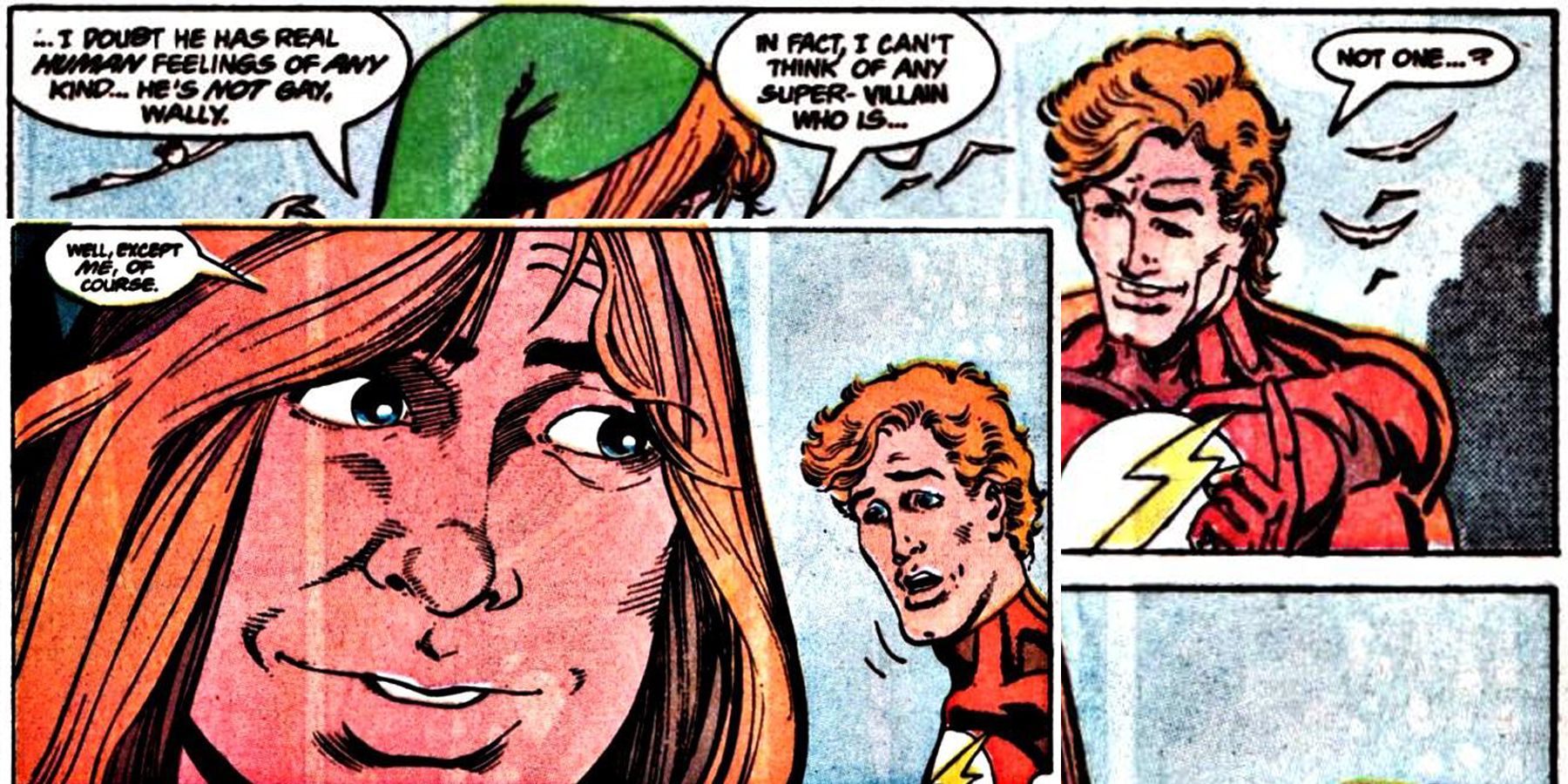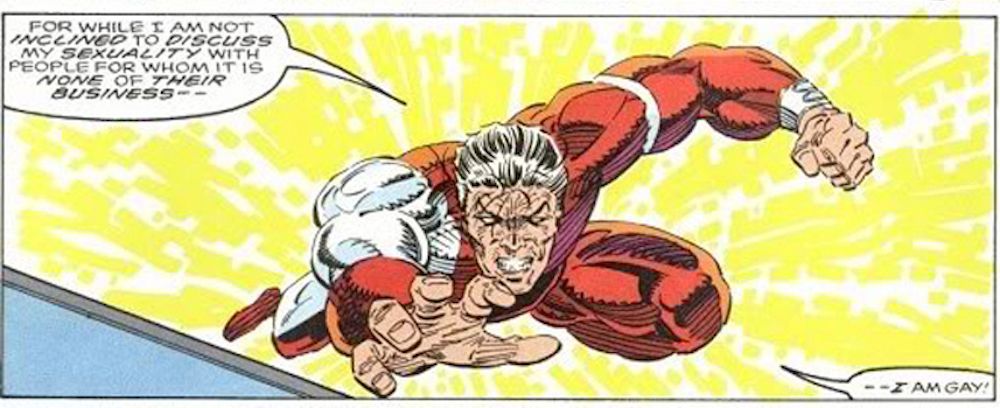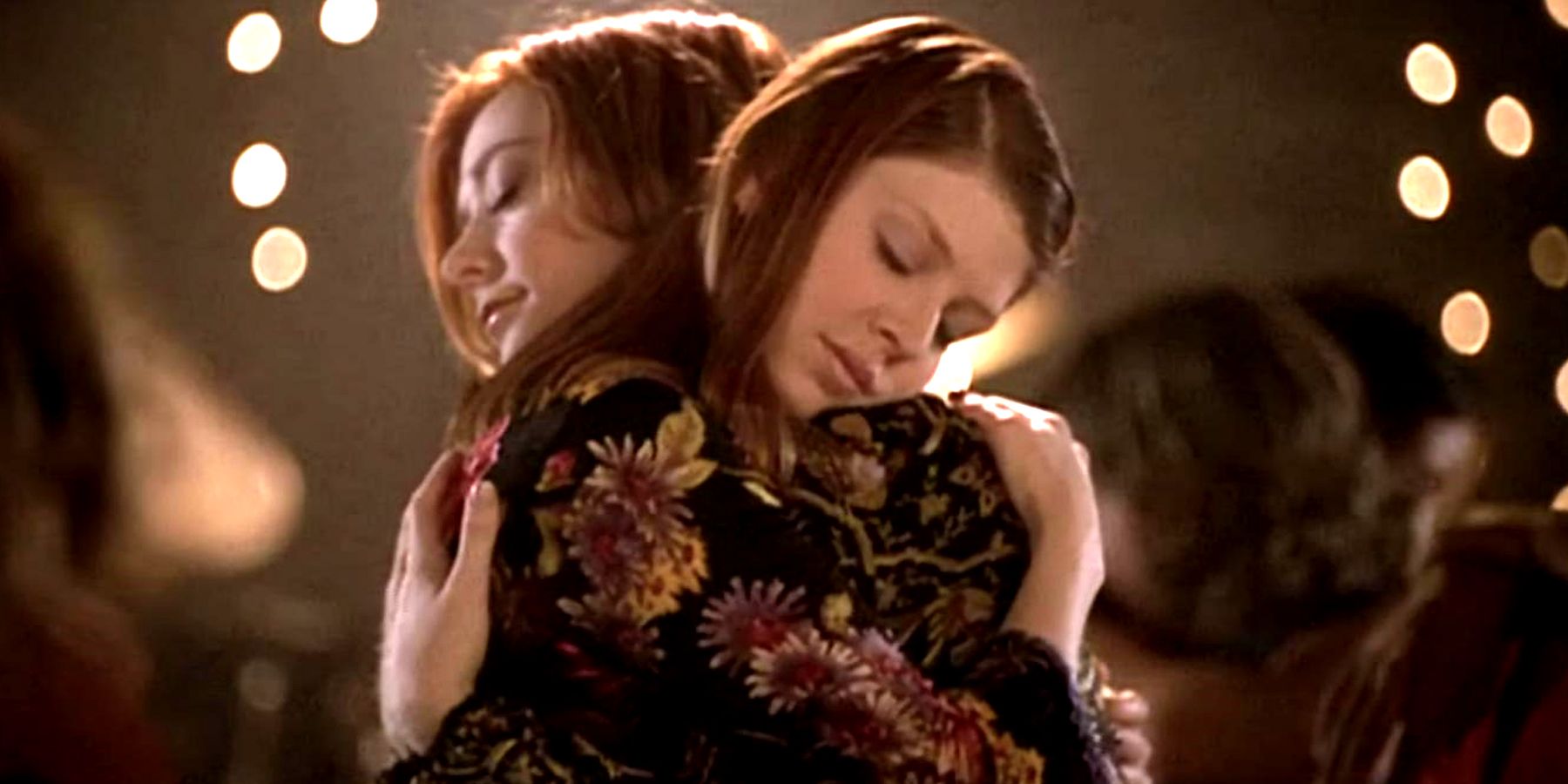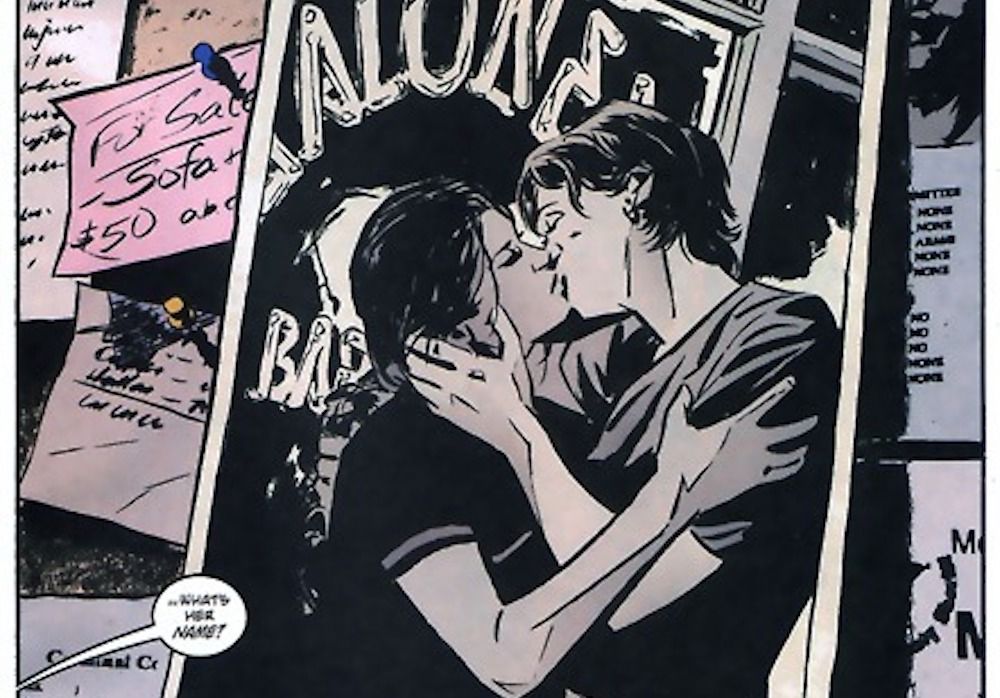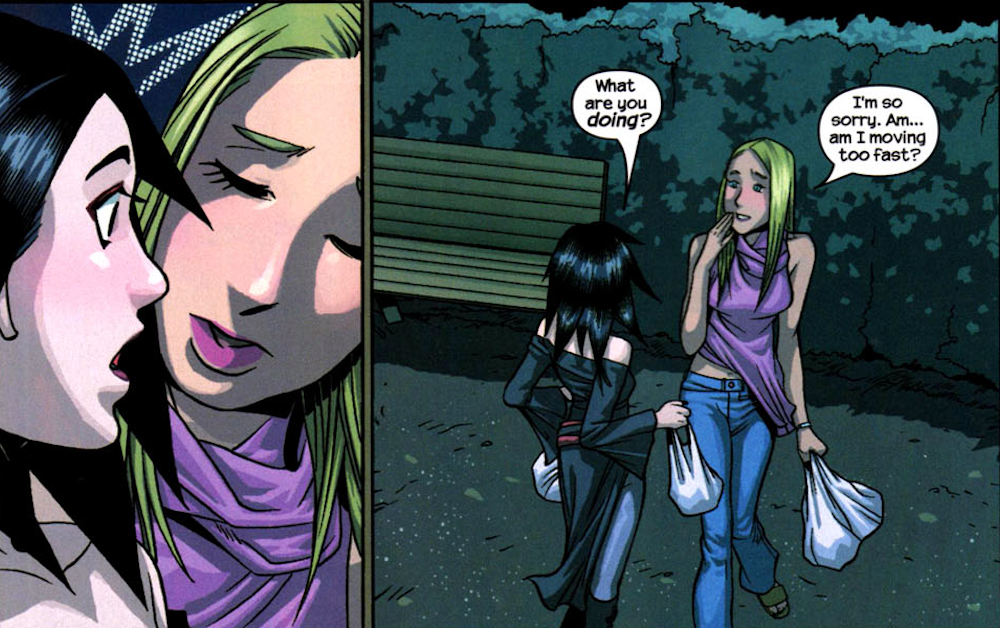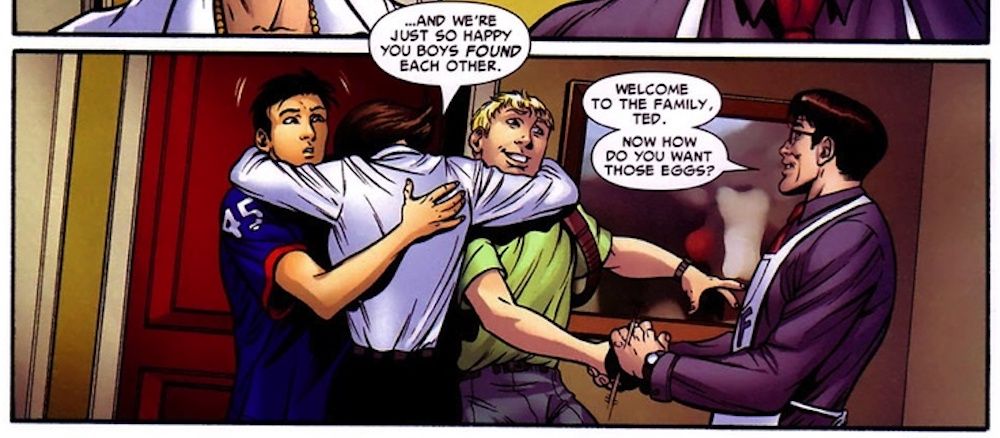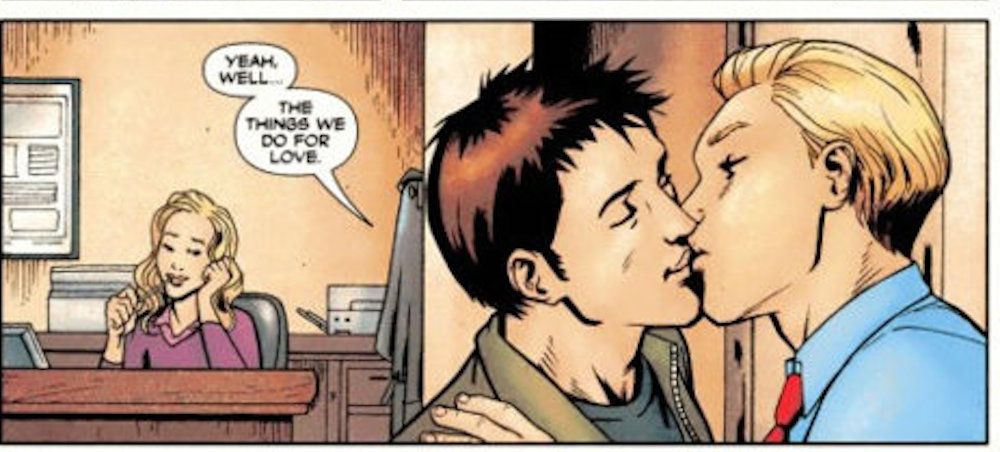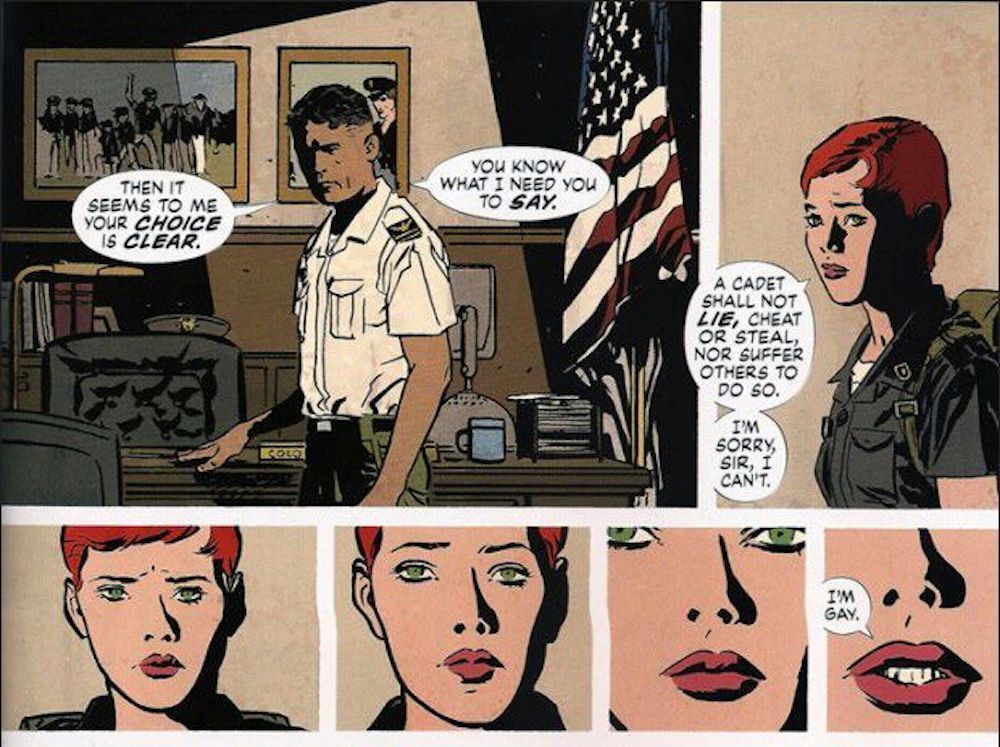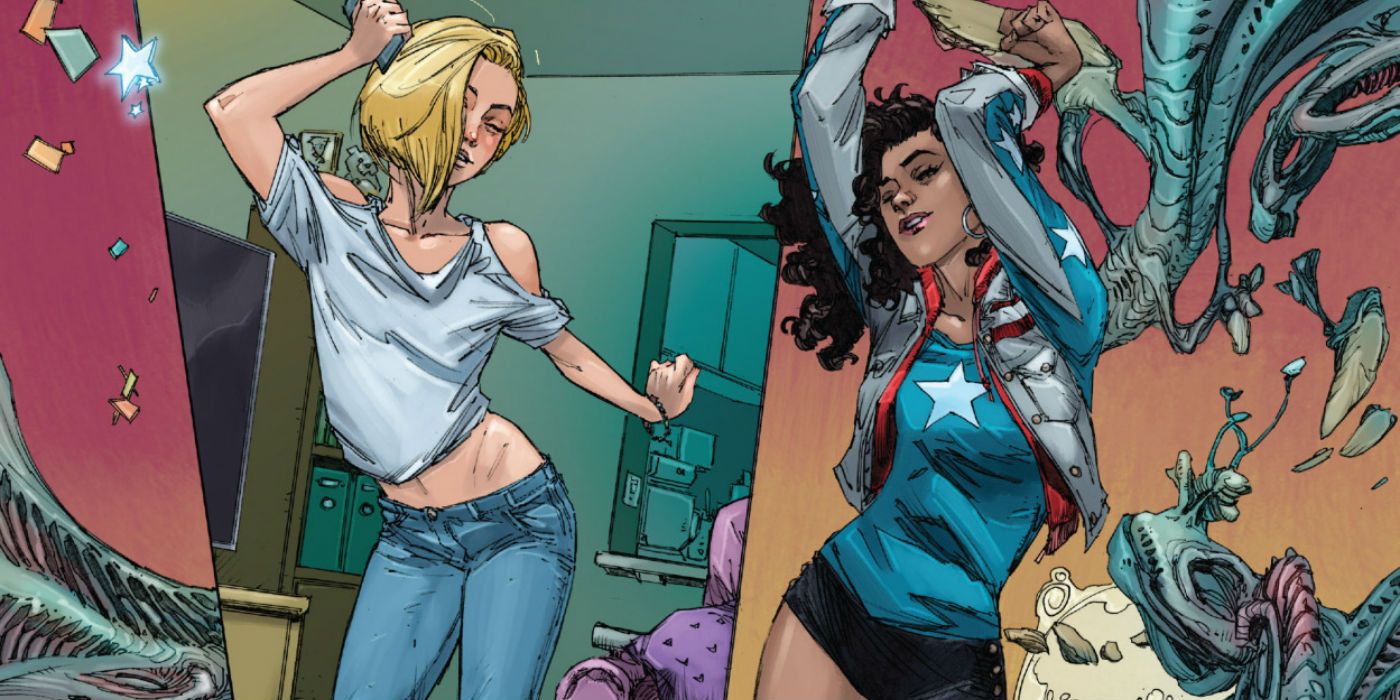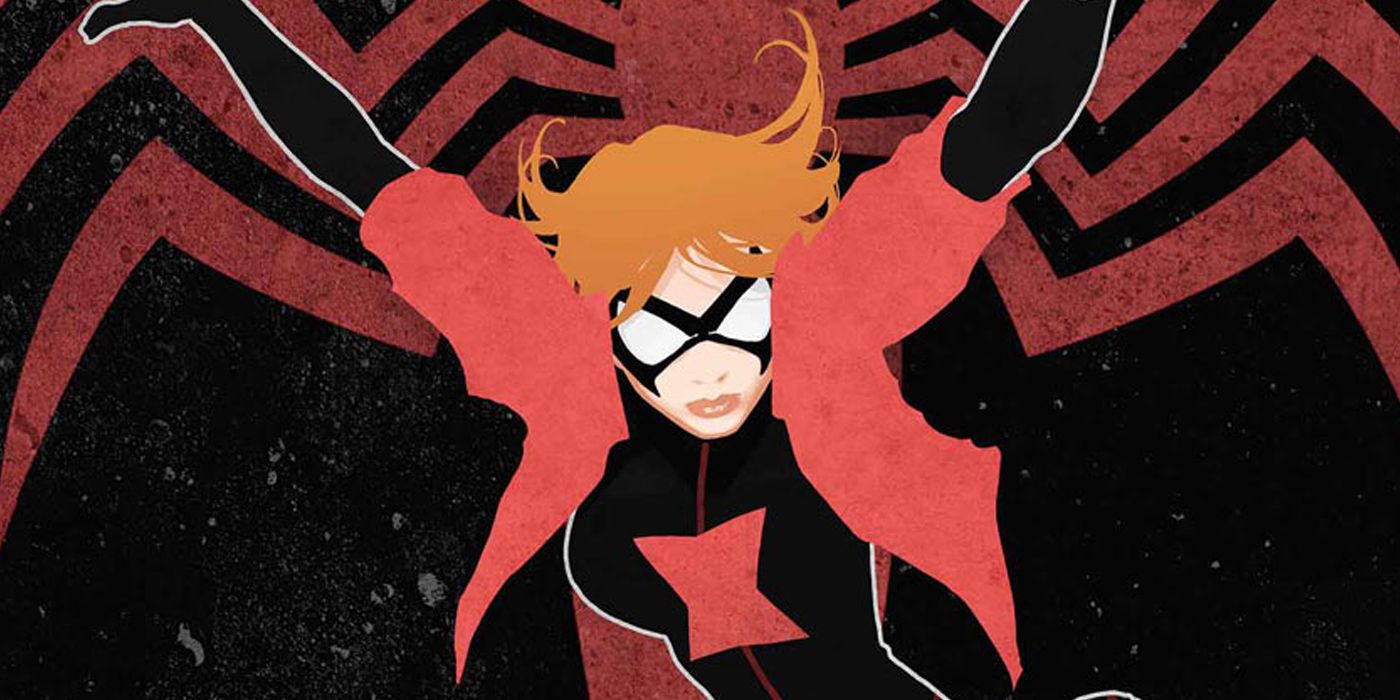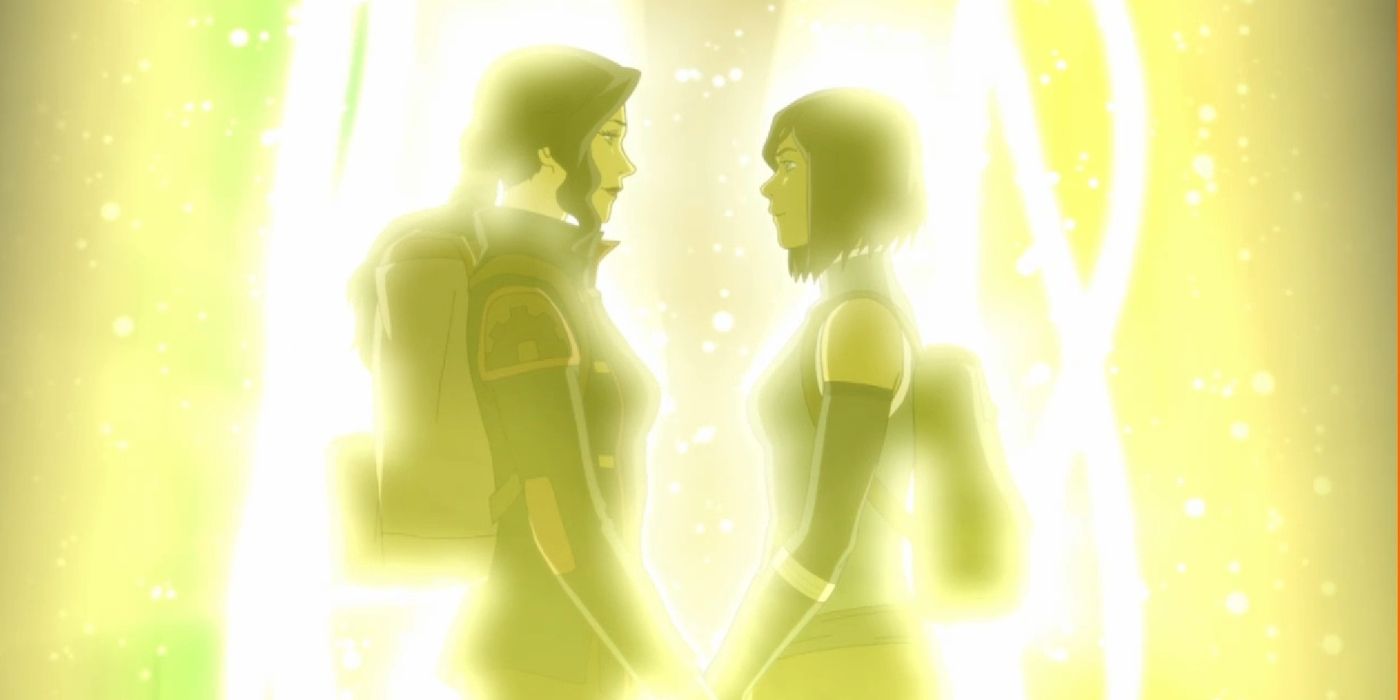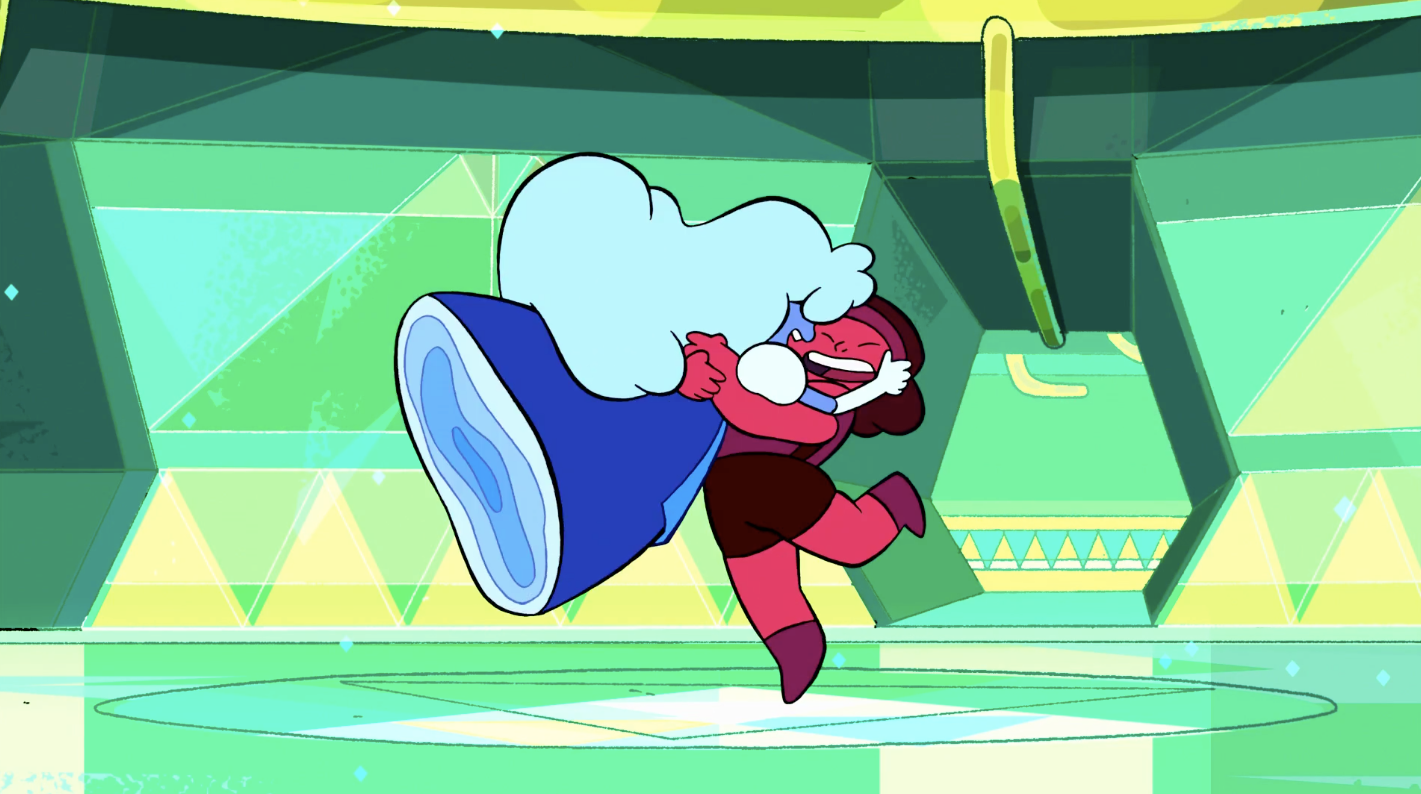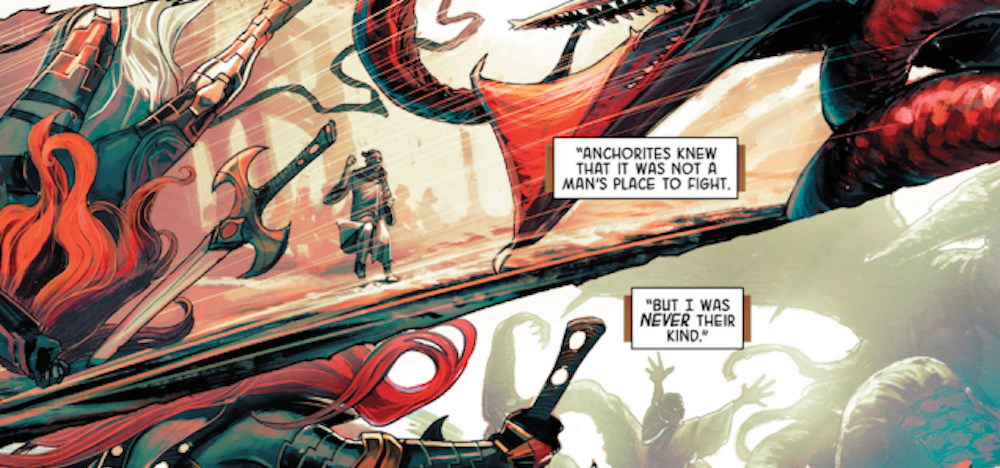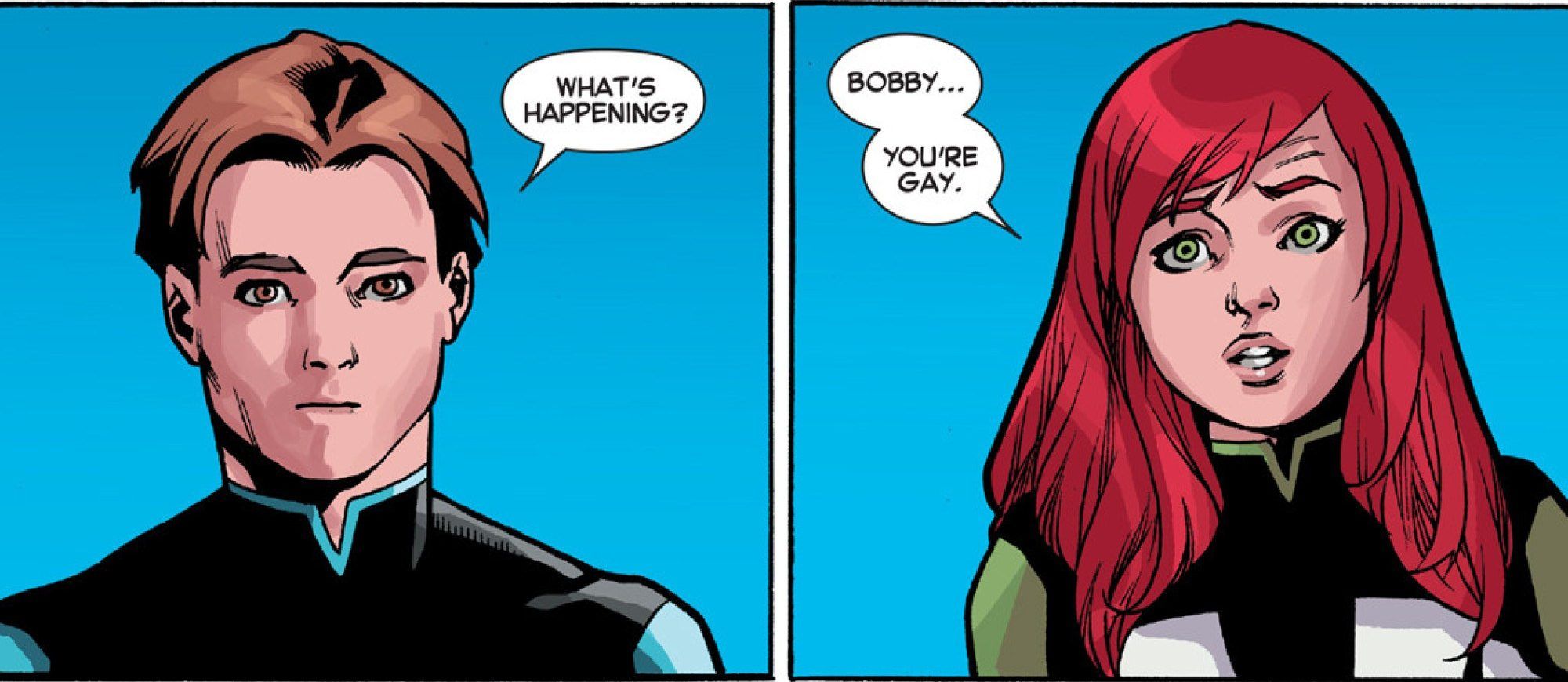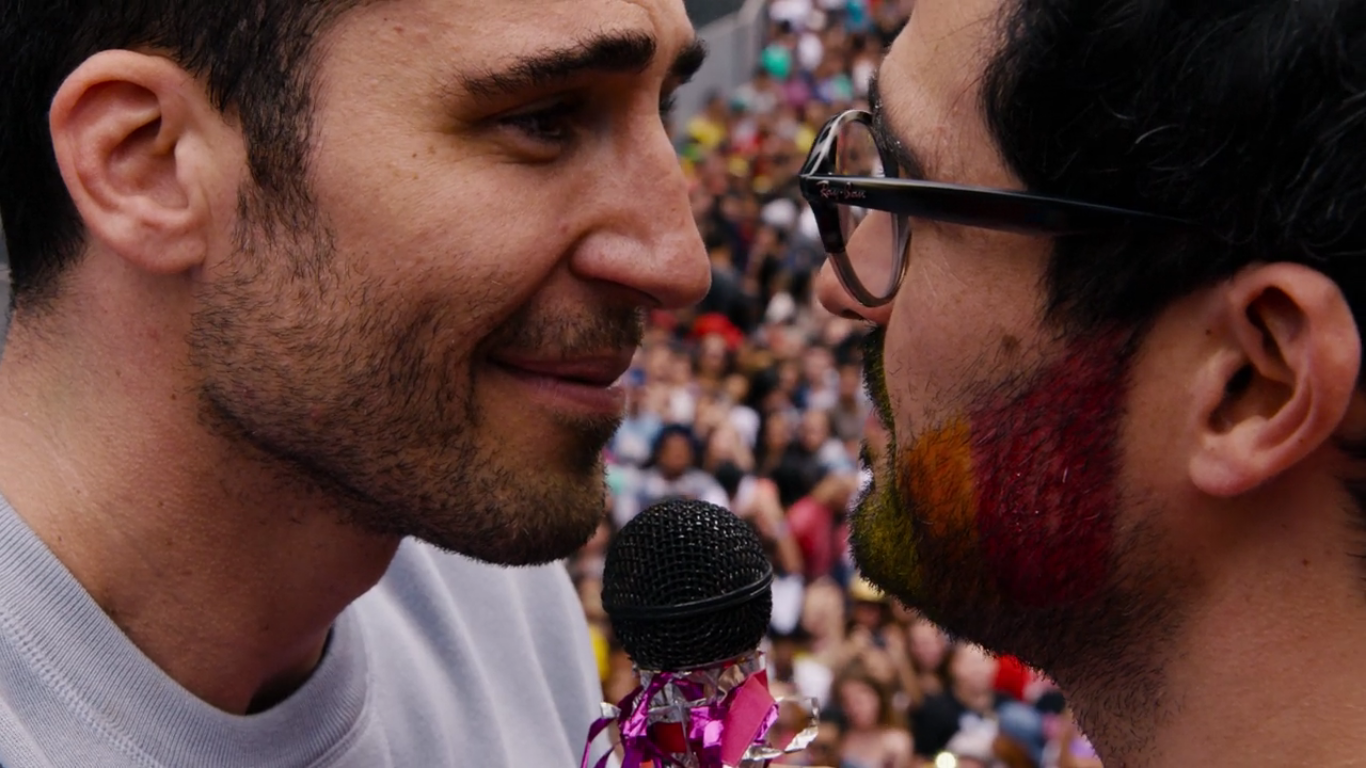LGBT characters in American superhero comics have only been around for a relatively brief period in the genre's history, because for much of that history, publishers weren't allowed to include them. It wasn't until 1989 when the Comics Code Authority officially lifted its ban on portraying LGBT characters, and only a few Code-unapproved comics from DC and none from Marvel (not counting one really cringy bit in Hulk Magazine #23) dared touch the subject beforehand. A number of new LGBT superheroes have been introduced since then, but given DC and Marvel's long emphasis on pre-existing characters, much of the LGBT representation in superhero comics has involved established heroes coming out of the closet.
RELATED: 15 Characters You Never Knew Were In A Gay Relationship
This list will be focused on superhero characters in comics as well as television who've come out on page or on screen. Characters who've always been open about their sexuality won't be included, and neither will characters like Wonder Woman, who were outed by their writers outside of their stories. This list will go through these coming out stories in chronological order, so as to trace how social attitudes have evolved over time and how they've impacted these stories.
SPOILERS for the DC and Marvel universes, Buffy, Steven Universe, Legend of Korra, and Sense8
15 PIED PIPER
The Flash #53 from 1991 was the first ever comic to win a GLAAD Media Award for positive LGBT representation. The issue contains multiple storylines, but it's the "Fast Friends" story which earned it the award. It starts with The Flash and the former villain turned hero Pied Piper having a chat on a rooftop. The subject of The Joker's sexuality comes up (The Joker's potential feelings for Batman were played up in The Dark Knight Returns). Piper thinks The Joker doesn't have any human feelings and doubts the existence of gay supervillains... except himself.
Flash tries to hide his surprise at this coming out and runs away to avoid discussing the subject further, but the conversation doesn't hurt their friendship, and William Messner-Loebs' writing handles the topic pretty maturely for 1991. Andy Mientus played Pied Piper in the Arrowverse Flash series.
14 NORTHSTAR
For a while, Northstar was the best known gay superhero. Introduced in 1979, he was conceived of as gay, and Alpha Flight #7 -8's storyline about his "special friend" Raymonde hinted at this. His big coming out happened in 1992's Alpha Flight #106. Looking at it today, the story's a complete mess. Northstar comes out while in battle with Major Mapleleaf, who attacks Alpha Flight because they're protecting a baby with HIV. Major hates babies with HIV because they get better treatment than his gay son who died of AIDS did. It really doesn't make any sense.
Awkwardly written as it was, Northstar coming out was groundbreaking. The X-Men have long appealed to LGBT fans seeing the mutants as an allegory for their own struggles for acceptance, so it was meaningful for Marvel's first major gay character to be a mutant. Still, the character's treatment has been subject to criticism.
13 WILLOW
In 1999, the Boston Herald declared Buffy the Vampire Slayer "the most gay show on network TV this year" in spite of it not having any openly gay characters at the time. The following year, that changed, when Willow entered into a relationship with Tara. Her coming out story was handled in a subdued fashion, everyone completely accepting it except for her ex-boyfriend Oz, the focus of her story being more about the romance than addressing LGBT politics.
Fans loved Willow and Tara as a couple. There was criticism, however, that Willow started self-identifying as "gay" despite having clear sexual attraction to and relationships with men in the first three seasons. Some felt this was an erasure of bisexual identity. Tara's death also caused controversy, as part of a trend of LGBT characters constantly getting killed off in movies and TV. Still, Buffy was revolutionary for queer representation on television.
12 RENEE MONTOYA
Originally created for Batman: The Animated Series, Gotham police detective Renee Montoya appeared in assorted Batman comics throughout the '90s, but it was the Gotham Central series from 2002-2006 that delved deeper into her character, including her sexuality. Her coming out is a sadder story than many of the others on this list, as she didn't have a choice in it.
In "Half a Life", the series' third story arc, Two-Face outs Montoya as a lesbian and frames her for murder. She's cleared of the murder, but her parents disown her for her sexuality. "Half a Life" is perhaps the most acclaimed of the Gotham Central stories, winning both an Eisner and a Harvey award. Montoya later became The Question, qualifying her on this list as a superhero despite not being one at the time of her outing.
11 KAROLINA DEAN
The struggle for LGBT representation in comics has involved fighting two prejudices: that comics are "for kids" and that LGBT representation is "inappropriate" for kids. Previous comics featuring queer characters challenged the former prejudice more than the latter, mostly aimed at older readers. What made Runaways revolutionary in 2005 was that it was a series for younger readers featuring lesbian and genderfluid characters.
Karolina Dean, an alien girl who glows rainbows (subtle), came out in issue #7 due to mistakenly thinking her teammate Nico was flirting with her. She stresses over an arranged marriage with the Super-Skrull Xavin, but luckily for her, Xavin can change sex at will. The pairing received praise and criticism; the treatment of Xavin's genderfluidity was praised, but pairing Karolina with an often male-presenting character was seen by some as a sign Marvel was uncomfortable showcasing lesbian relationships.
10 WICCAN
The year 2005 offered another big coming out in Marvel Comics, this one also caused by a character's misunderstanding. In Young Avengers #7, Wiccan tries to come out to his parents... as a superhero. He also happens to be gay and in a relationship with Hulkling, but that's a lesser concern. His parents assume he's coming out as gay and fully accept it. Young Avengers won a GLAAD Award in 2006.
Hulkling and Wiccan's relationship was originally to be revealed after a long series of hints. Fans figured out what was going on between them VERY quickly, however, so writer Allan Heinberg just went with it and confirmed it early on. Marvel wasn't initially quite as comfortable with their sexuality as the fandom was, however; it would be a full seven years until Hulkling and Wiccan were shown kissing on-panel in Young Avengers: The Children's Crusade #9.
9 OBSIDIAN
Obsidian, son of Green Lantern Alan Scott and one of the founders of Infinity Inc., was unsuccessful in his relationships with women before coming out as gay. In 2005, in Justice League of America #109, Nuklon questioned him about his sexuality; he tried to dodge the issue responding "Why do I have to have a sexuality? Why do I have to have a label?" By Manhunter #18 a year later, he'd entered a relationship with lawyer Damon Matthews and was finally comfortable being gay.
When conservative writer Bill Willingham took over Justice Society of America, some fans worried Obsidian's sexuality would be retconned. Issue #40 addressed this controversy, having Obsidian joke that he wasn't gay anymore before confirming it was just a joke. With the New 52, however, Obsidian got retconned out of existence entirely. In an attempt to make up for this, New 52 Alan Scott was made gay.
8 BATWOMAN
In 2006, DC Comics introduced their highest profile gay character: Kate Kane, a new lesbian Batwoman. Kate was first introduced in 52 #7 as the ex-girlfriend of Renee Monotoya and was first seen in costume in 52 #11. Her coming out story was detailed in Detective Comics #859, collected in the graphic novel Batwoman: Elegy.
Kate was at the top of her class at West Point, but she got expelled due to refusing to deny rumors of a lesbian relationship under the Don't Ask, Don't Tell policy. Coming out to her father after the expulsion goes better for her; her father praises her for telling the truth, keeping her "honor and integrity." Greg Rucka's Batwoman-focused Detective Comics run and J.H. Williams and W. Haden Blackman's Batwoman solo series both won GLAAD Awards.
7 MISS AMERICA
Hulkling and Wiccan aren't alone among the Young Avengers. While the dimension-traveling America Chavez experimented with Ultimate Nullifier in the Teen Brigade to see if she had any attraction to men, in Young Avengers #15 she revealed that she's a lesbian. Her coming out was completely casual, something you'd never see in a comic published in the '90s or even much of the 2000s. Miss America is Marvel's first queer Latina superhero.
Avengers #0 introduced her girlfriend, the medical technician Lisa Holleran. Miss America's creators, Joe Casey and Nick Dragota, long wanted to give the character her own series, and in 2016 threatened to make a copycat series, All-America Comix, at Image. Marvel finally went ahead and launched the solo series America by Gabby Rivera in 2017.
6 ULTIMATE SPIDER-WOMAN/BLACK WIDOW
In the Ultimate universe, Jessica Drew is the female clone of Peter Parker. She initially fought crime as Spider-Woman but later took on the Black Widow mantle in the 2014 series All-New Ultimates. In All-New Ultimates #4, she came out as a lesbian to her teammates. It turns out being Peter Parker's clone and retaining some of his memories also involves sharing his attraction to Jewish women.
The idea of a female clone of a male character has raised some interesting questions and discussions about gender identity and transgender issues. However, these issues regarding Jessica Drew are unlikely to be explored in more depth in the comics, since she's thought to have died along with the rest of the Ultimate universe in Secret Wars #1.
5 KORRA
When The Legend of Korra's series finale streamed on December 19, 2014, many fans didn't believe what they were seeing. While some fans had read a flirtatiousness into previous interactions between Korra and Asami, their romantic final scene together was a surprise. No other Nicktoon had ever revealed characters to be anything other than straight (the "adult" SpikeTV episodes of Ren and Stimpy don't count), so the show's heroines turning out to be bisexual was breaking new ground.
Still, the scene was couched in some ambiguity, panning away right before the couple kissed. Some compared the after-the-fact confirmation by creators Mike DiMartino and Bryan Konietzko to J.K. Rowling's outing of Dumbledore. The Legend of Korra: Turf Wars comics made up for this, more directly addressing Korra and Asami's relationship, having them come out to their friends and families and also revealing the past Avatar Kyoshi was bisexual.
4 RUBY AND SAPPHIRE
In 2015, the floodgates were open for LGBT representation in children cartoons. Just months after Legend of Korra's finale, the Steven Universe episode "Jail Break" revealed that the Crystal Gem Garnet is actually a fusion of two smaller Gems, Ruby and Sapphire, who are so deeply in love with each other that they don't like to separate. The "coming out" is a highly positive one. Garnet's proud of who she is and only held off on telling Steven because she wanted to save the reveal for a birthday surprise.
Steven Universe has maybe the best record for LGBT inclusion in an American cartoon. In addition to Garnet, Pearl had a crush on Rose Quartz, Steven and Connie fuse to form the genderqueer Stevonnie, and assorted side characters have expressed same-sex attractions. At San Diego Comic Con 2016, creator Rebecca Sugar revealed what motivated this, coming out as bisexual herself.
3 SERA
Coming out is an extra difficult process for transgender people. There's the coming out of revealing your identity before transitioning, and then after transitioning there's the question of whether to come out again to others regarding being trans. Sera's coming out story in Angela: Asgard's Assassin #3 is of the latter kind.
The reveal occurs casually in a discussion of her backstory as an Anchorite, one of the rare angels assigned male at birth, and how she "found a way to make me myself." Angela accepts Sera for who she is, and the two become romantically involved. There has been controversy over how Marvel has barely acknowledged Sera, the publisher's most prominent transgender character, ever since Angela went off to join the Guardians of the Galaxy.
2 ICEMAN
In the 2010s, Marvel's been placing a greater emphasis on diversity. Most of this diversification has involved introducing new legacy characters, but in All-New X-Men #40, Iceman, one of the original X-Men, was revealed to be gay. This was perhaps the most controversial outing on this list. While some fans had speculated about Iceman's sexuality in the past, his history of dating women made the coming out seem like it came out of nowhere to others.
His coming out story, initiated by Jean Grey reading his mind, addressed his womanizing as overcompensation, and Uncanny X-Men #400 involved a conversation with a younger version of himself about how he tried to deny his sexuality. His journey of self-acceptance is the focus of the current Iceman solo series by Sina Grace.
1 LITO (SENSE8)
All of the eight main characters in Sense8, whose ability to psychically share knowledge and skills essentially makes them superheroes, are at least to some degree pansexual within their own cluster. Outside of the cluster, they retain their own different sexual identities. The hacker Nomi is out and proud as a transgender lesbian from the beginning of the series, but the movie star Lito starts off far less comfortable with his own homosexuality.
In the first season, he's in the closet, his sexuality only known to his boyfriend Hernando and his beard Daniela. He's outed against his will by Daniela's ex-boyfriend Joaquin, who steals and leaks private erotic photos of him and Hernando. Afraid to say anything about, Lito comes out on his own terms in the season two episode "Isolated Above, Connected Below," giving a heartfelt speech at the São Paulo pride parade.
Can you think of any other superheroes who came out? Share their stories in the comments!

